Pickering Garth Home for Girls, Hull, East Riding of Yorkshire
The Pickering Garth Home for Girls was opened by the Waifs and Strays Society in 1915 at 896 Hessle Road, Hull. It replaced the Society's existing Clarendon House home in Hull which had become too small to meet the demand for places there.
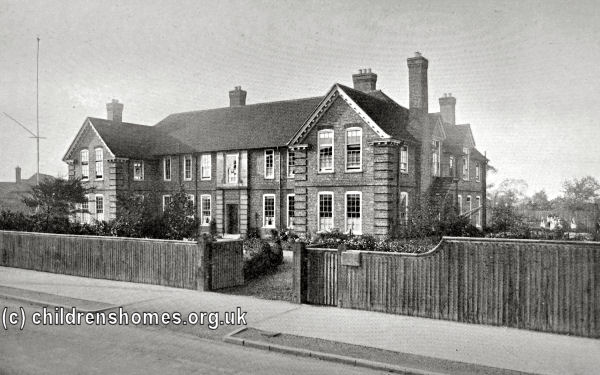
Pickering Garth Home for Girls, Hull, c.1920. © Peter Higginbotham
Construction of the new home was entirely financed by a local businessman, Mr Christopher Pickering. Its foundation stone was laid on May 30th, 1914, by Mr Pickering's wife, Rachel.
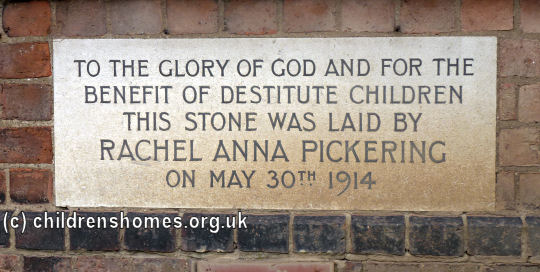
Pickering Garth Home for Girls, Hull, 2013. © Peter Higginbotham
The Society's founder, Edward Rudolph, also appears to have laid a foundation stone in June, 1914, perhaps the one above the entrance door, now obscured.
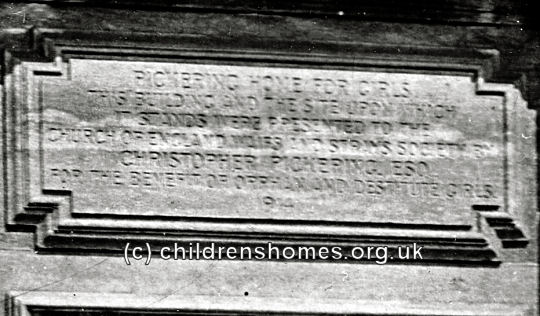
Pickering Garth Home for Girls, Hull, date unknown. © Peter Higginbotham
The home formed part of Pickering's 'model village' which included St Nicholas' Church and its vicarage, almshouses, a museum of fishing and shipping, and the extensive leisure grounds of Pickering Park. The children's home, henceforth known as the Pickering Home for Girls, was formally opened on 30 September 1915, with a dedication service conducted by the Archbishop of York. From this date, the Home became known as the Pickering Home for Girls.
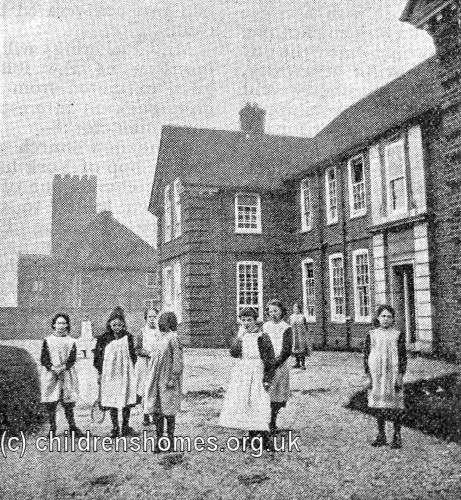
Pickering Garth Home for Girls, Hull, c.1915. © Peter Higginbotham
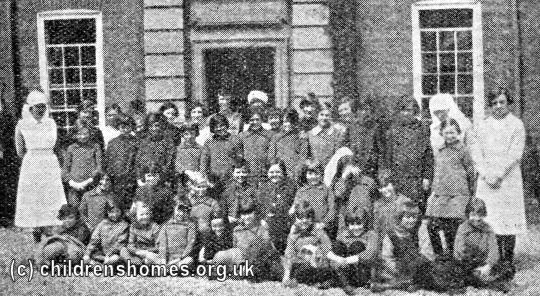
Pickering Garth Home for Girls, Hull, c.1930. © Peter Higginbotham
The home could accommodate 40 girls aged from 6 to 16. The ground floor included a large play room, with a smaller reading and prayer room attached, a dining room, kitchen, offices, matron's room, girls' day lavatory and cloak room, the assistant matron's room, and work room. On the first floor there were three dormitories for 20, 12, and 8 girls respectively; a night lavatory and bathroom; four bedrooms for the matron and assistant matron, with bathroom, and an isolation room, with its own sanitary services. The building was fitted with two extra staircases for escape in case of necessity. A laundry, detached from the main building, was connected with the kitchen by a covered way. It included a washhouse, ironing room, and drying room. Provision is also made for an outside room for meals, and for the open-air treatment of inmates who might need it. Small plots were laid out in the gardens for the girls to cultivate.
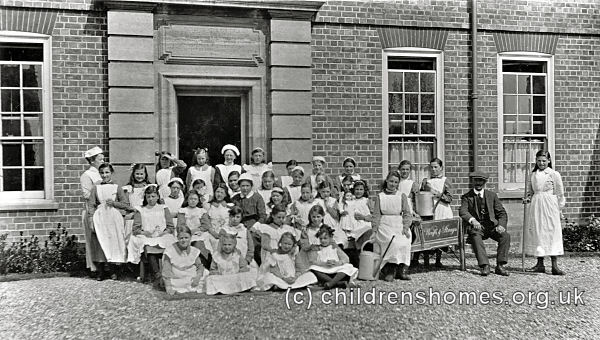
Pickering Garth Home for Girls, Hull, date unknown. © Peter Higginbotham
In 1929, the Society's Secretary, Dr Westcott, began a programme of visits to every one of the Society's homes. On his visit to the Pickering Garth home, he was accompanied by the Bishop of Hull (below, right).
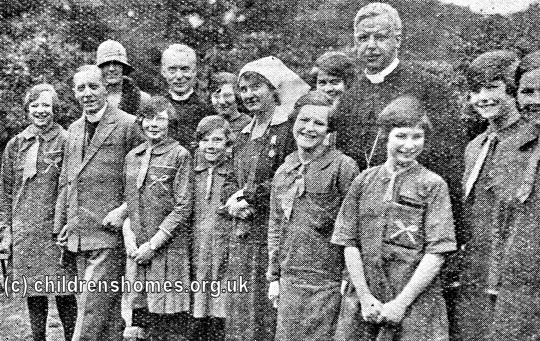
Pickering Garth Home for Girls, Hull, c.1929. © Peter Higginbotham
The girls had occasional outings to the seaside or countryside such as the visit to Hornsea, pictured below.
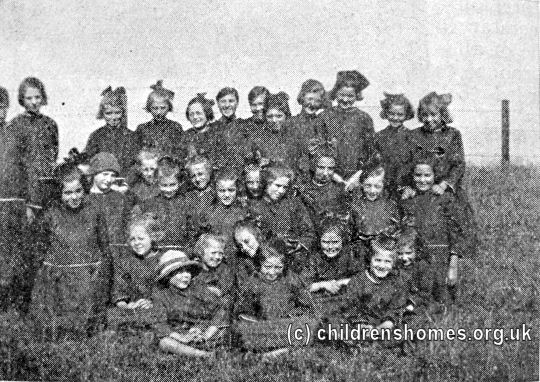
Pickering Garth Home for Girls, Hull, c.1931. © Peter Higginbotham
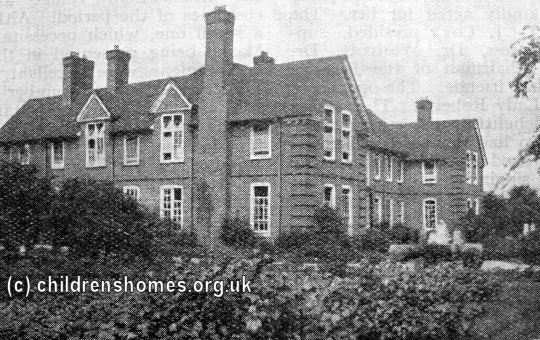
Pickering Garth Home for Girls, Hull, c.1922. © Peter Higginbotham
During the Second World War the residents of the home were evacuated to Louth, first to Eastgate House, and then to two small houses at 214 Priory Terrace, Eastgate, and Cloverly House, 164 Eastgate. They were moved again in 1943 to Springhill, Duffield. Pickering Garth was re-opened in 1946 and, as commonly happened at that time, changed from a single-sex to a mixed establishment.
In 1965, the home was one of four selected by the Society for conversion to 'all-age' establishments where the children would range from nursery to working age. The homes were intended to provide a continuity of care for babies who were thought unlikely to be placed for adoption or with foster parents. Although the scheme was subsequently, the home retained a provision for the care of babies needing to be housed at short notice.
In 1973, Pickering Garth became one of the newly introduced Assisted Community Homes which were largely in the control of local councils. From that date, half of the home's places were given to children referred and paid for by the local authority.
The home finally closed in 1983. The property has now been converted to flats.
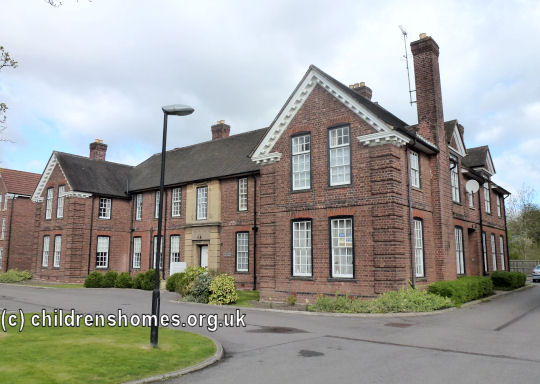
Former Pickering Garth Home for Girls, Hull, 2013. © Peter Higginbotham
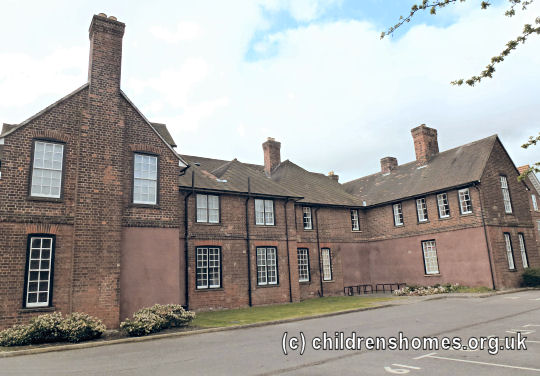
Rear of former Pickering Garth Home for Girls, Hull, 2013. © Peter Higginbotham
Records
Note: many repositories impose a closure period of up to 100 years for records identifying individuals. Before travelling a long distance, always check that the records you want to consult will be available.
- Index of the Society's first 30,000 children's case files ordered by surname.
- Index of the Society's first 30,000 children's case files ordered by date of birth.
- The Children's Society Records and Archive Centre is at Unit 25, Springfield House, 5 Tyssen Street, London E8 2LZ (email: archives@childrenssociety.org.uk). Files for children admitted to its homes after September 1926 were microfilmed in the 1980s and the originals destroyed. Some post-1926 files had already been damaged or destroyed during a flood. The Society's Post-Adoption and Care Service provides access to records, information, advice, birth record counselling, tracing and intermediary service for people who were in care or adopted through the Society.
- The Society has produced detailed catalogues of its records relating to disabled children, and of records relating to the Children's Union (a fundraising body mostly supported from the contributions of children).
Bibliography
- Bowder, Bill Children First: a photo-history of England's children in need (1980, Mowbray)
- Church of England Waifs and Strays' Society [Rudolfe, Edward de Montjoie] The First Forty Years: a chronicle of the Church of England Waifs and Strays' Society 1881-1920 (1922, Church of England Waifs and Strays' Society / S.P.C.K.)
- Higginbotham, Peter Children's Homes: A History of Institutional Care for Britain's Young (2017, Pen & Sword)
- Morris, Lester The Violets Are Mine: Tales of an Unwanted Orphan (2011, Xlibris Corporation) — memoir of a boy growing up in several of the Society's homes (Princes Risborough, Ashdon, Hunstanton, Leicester) in the 1940s and 50s.
- Rudolf, Mildred de Montjoie Everybody's Children: the story of the Church of England Children's Society 1921-1948 (1950, OUP)
- Stroud, John Thirteen Penny Stamps: the story of the Church of England Children's Society (Waifs and Strays) from 1881 to the 1970s (1971, Hodder and Stoughton)
Links
- Hidden Lives Revealed — the story of the children who were in the care of The Children's Society in late Victorian and early 20th Century Britain.
- The Children's Society
Except where indicated, this page () © Peter Higginbotham. Contents may not be reproduced without permission.


